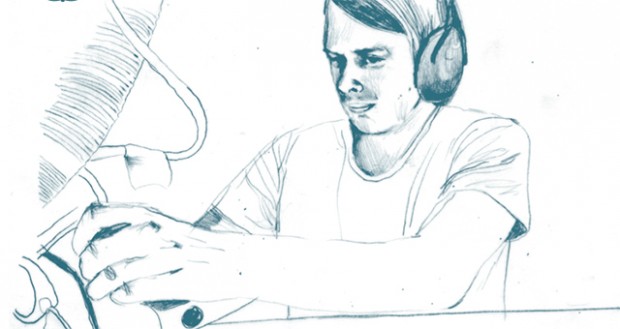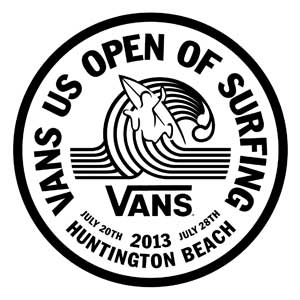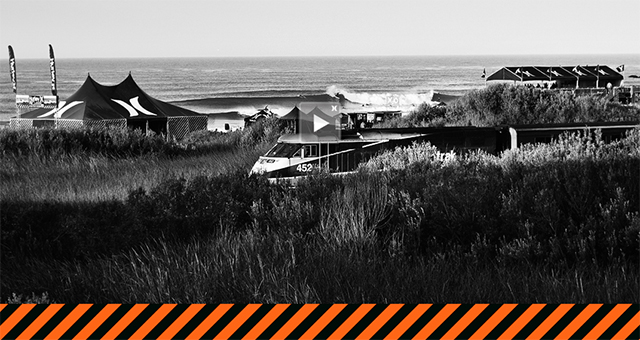
WHAT EXACTLY IS A HULL AND WHAT WILL IT DO FOR MY SURFING?
I’m a traditionalist and I’m pretty hard-nosed about what should be called a hull. Firstly it should have the wide-point forward, about 7-9”, and the entire shape. template, rocker, foil, everything, moves from that point; that focuses all of the volume into one place, that the board is controlled from, giving it a really defined ‘magic’ kind of spot. The design was originally meant to mimic George Greenough’s kneeboarding lines, high and tight and always in the pocket, full rail bottom turns and cutbacks and continuous speed. Which happens to be why it needs a good wave and good surfer to really perform to its maximum potential.
SO THE DESIGN HAS BEEN AROUND FOR YONKS…
There were stubbies being shaped around Santa Barbara in the late 60’s, in the pursuit of Greenough style rides standing up, and Greg Liddle from Malibu really hit the nail on the head with his designs, which are the baseline of what are considered hull designs. The earlier stubbies were close, but Liddle had a really refined rocker and foil style that evolved into the full- on hull. He had and definitely still has a cult-like following for them. There are a few notable surfers that took the design to its max, but namely Steve Krajewski.
WHAT KIND OF SURFERS AND WAVES ARE THESE DESIGNS SUITED TO?
Hulls work best on points, or long, running waves. The shape is meant to gain speed from connection with the wave’s face, instead of pumping to get off of it, so you’re only gonna get as much out of the experience as the wave quality can give you. You can always get little feelings and lines in crap surf, but if we’re talking about the full potential and what they were and are designed to do, you’re looking for high quality waves. It takes a more refined, simple approach… it’s a lot of ankle surfing and slight adjustments, the boards do a lot of the work if you know how to tickle them, you just can’t over surf them (pump, bounce, thrust…etc) or you’ll stop dead in the water.
SO BACK FOOT SURFERS NEED NOT APPLY?
They’re ridden from the front, and the fin is really far forward in relation to a regular style single fin, making it able to spin out easily if you step on the tail where you’d normally try to turn a board from. The cutback is initiated from the middle of the board, and the entire rail is buried; this makes a real good hull cutback a thing of beauty and power, as well as very difficult to do correctly.
CAN WE REALLY BETTER OURSELVES BY JUST STANDING THERE?
If your mind is open… I think any single fin will smooth out a surfer’s style, anything that requires higher understanding of a wave and its bends and curves, its power lines.
YOU’RE ONLY ABLE TO EVER RIDE ONE BOARD FOR THE REST OF YOUR LIFE… WOULD IT BE A HULL?
No way! Though the hull has taught me a board that I definitely, no questions asked would be happy with forever. I’ve been shaping something called the v.bowls for a bit now and it’s essentially taking everything that I like about hulls and giving the curves an outline that can be controlled and carved off the back foot; opening doors to almost every wave I can imagine. It’s the only board I travel with now without fail, and I never seem to be unhappy when I have one to take out.
www.rlovelace.com


